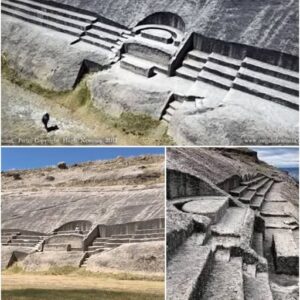Dating back to the 3rd century A.D., the Bulla Regia archaeological site in Tunisia proudly showcases a remarkable Roman floor mosaic. This ancient city was renowned for its unique underground villas, designed ingeniously to provide respite from the scorching heat of the summers. The intricate details of this particular mosaic not only depict the artistic finesse of the Romans but also reveal their deep-rooted interest in mythology, with elaborate portrayals of deities and mystical marine creatures adorning its surface.
Roman civilization has long been celebrated for its mastery in the art of mosaic-making, and the floor decorations found at Bulla Regia exemplify this craftsmanship. These mosaics served as symbols of opulence and sophistication, gracing the floors of affluent residences within the city. Through the skillful arrangement of colorful tiles, the Romans were able to elevate the aesthetic appeal of their dwellings while also reinforcing their social status and prestige.

The mosaic at Bulla Regia stands as a testament to the enduring legacy of Roman culture and design. As visitors wander through the ruins of this ancient city, they are transported back in time to an era of artistic brilliance and architectural ingenuity. Each fragment of the mosaic tells a story, capturing the imagination with its mythical motifs and intricate patterns.
It is evident that the Romans held a deep reverence for their gods and goddesses, as seen in the divine figures depicted in the mosaic. From Neptune, the god of the sea, to Venus, the goddess of love and beauty, these representations serve as a reminder of the spiritual beliefs that permeated every aspect of Roman life. By incorporating these mythological elements into their decorative arts, the Romans sought to honor and appease the deities that governed their world.
In conclusion, the Roman floor mosaic at Bulla Regia is more than just a decorative piece of art – it is a window into the rich tapestry of Roman culture and history. Its intricate beauty and symbolic significance continue to captivate audiences centuries after its creation, reminding us of the enduring legacy of one of the greatest civilizations the world has ever known.





